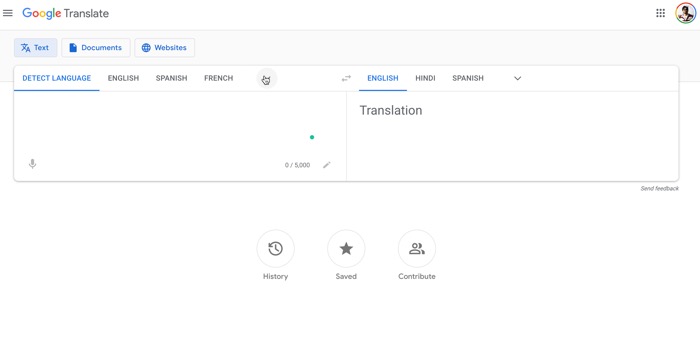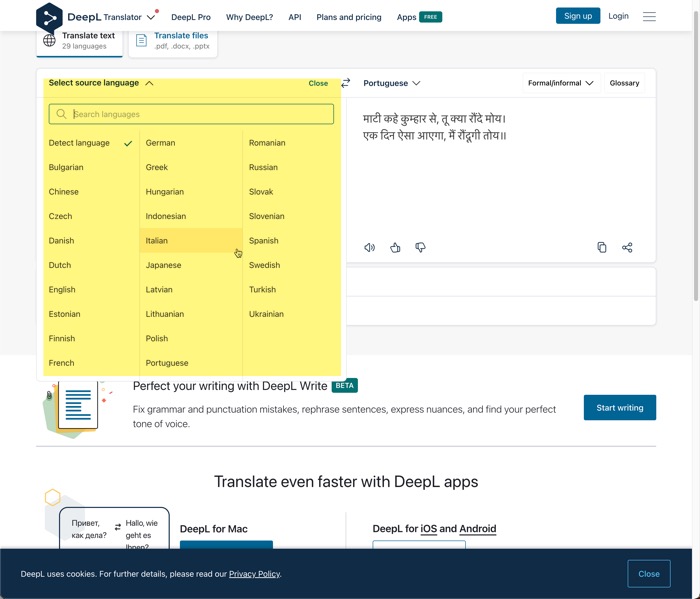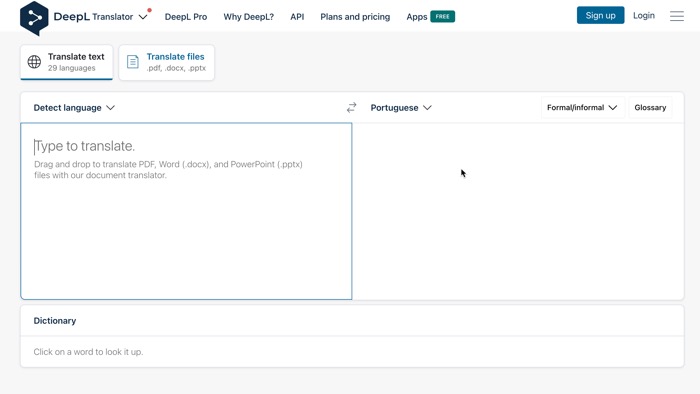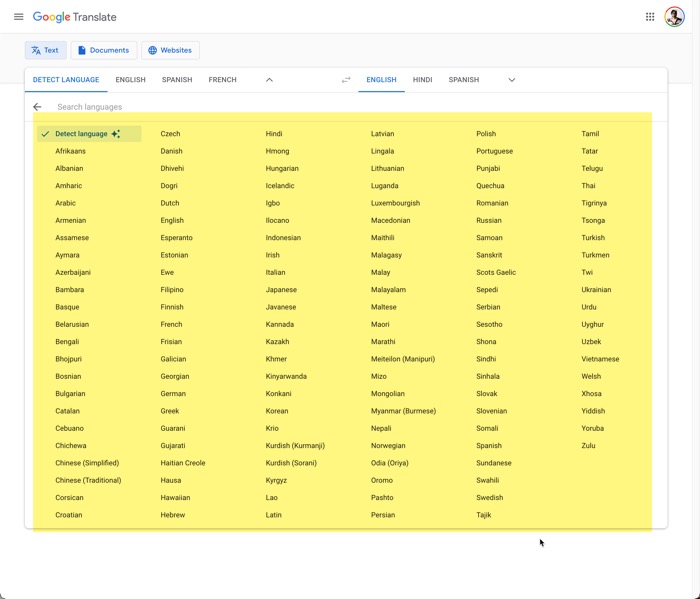The rise of the internet has made it easier than ever to communicate with people from all over the world. But for many, the language barrier still remains a challenge. Fortunately, there are now tools available to help bridge this gap – like translation software.
In this article, we’ll compare two of these tools: DeepL Translator and Google Translator. We’ll look at how they both measure up in terms of accuracy, speed, cost, and convenience. Translation Accuracy
What is DeepL Translator ? and How does It work?

DeepL Translator is an online translation tool that uses artificial intelligence (AI) to quickly and accurately translate words and phrases.
Developed by the German-based DeepL GmbH, DeepL Translator is one of the most powerful and accurate AI translation tools currently available. The tool currently supports translations between English, French, German, Spanish, Dutch, Italian and Polish in more than 1,500 language combinations.

Although, the support for languages is limited. Users have found it to be more accurate than Google Translate.
Using cutting-edge neural machine translation technology developed by leading linguists from around the world, DeepL Translator can quickly produce high-quality translations for both professional and personal use. Its sophisticated algorithm learns from existing translations in order to ensure accuracy with each new translation project.
DeepL Translator is powered by Deep Learning technology
Some people have termed DeepL Translator a far better translator app than Google Translator as it works better at understanding the text. Perhaps Deep Learning technology has credit for it.
At its core, Deep Learning is inspired by how the human brain processes information. The technology uses a series of algorithms to recognize patterns in data and build models to predict outcomes based on those patterns.
The system works by capturing input data which is then used to train the network to recognize patterns or relationships within the data set. As a result, it can make predictions based on those patterns or relationships.
For example, Deep Learning algorithms have been used for Facial recognition software, Autonomous driving vehicles, natural language processing applications and more.
Google Translator for Translation – How does it work?

Google Translator has become an invaluable tool for those looking to translate from one language to another. It is estimated that Google Translator helps people interpret over 100 billion words a day in more than 700 languages.

It is considered the most popular free translation service on the web, used both by individuals and businesses alike.
How does this technology work?
Well, when you enter text into Google Translator, it uses a form of Artificial intelligence (AI) called Neural Machine Translation (NMT). This technology leverages vast amounts of data collected from past translations and other sources to produce the best possible translation results.
It also utilizes Natural Language Processing algorithms which analyze how words are used in sentences and phrases rather than simply translating word-for-word as some older systems did.
The result is more accurate, natural-sounding translations that can be better understood by readers in different languages.
While DeepL translator and Google Translate may be a product from different companies but the objective is the same and the technology working behind is also pretty much the same with different data set.
And since both are free, if you were using is personally (or maybe professionally even) you can check both services out and see which one is more satisfactory to you.

